
 Cards of Death answers the burning question of “What did we as a nation do before online gambling?” with a chorus of “We paid to join underground tarot card games in which we all got to bang a hooker as part of our admission fee, got to don rubber Halloween masks to protect our anonymity, and, assuming we won, got to kill the loser with the host’s weapon of choice.”
Cards of Death answers the burning question of “What did we as a nation do before online gambling?” with a chorus of “We paid to join underground tarot card games in which we all got to bang a hooker as part of our admission fee, got to don rubber Halloween masks to protect our anonymity, and, assuming we won, got to kill the loser with the host’s weapon of choice.”
And character actor Will MacMillan (1976’s The Enforcer) captures the searing tale in his one and only feature behind the camera, albeit a video camera. He directs, writes, produces and delivers — exactly what is up for debate.
MacMillan also acts, opening the movie as police captain Twain, cigarette lighter in hand as he infiltrates the shadowy warehouse serving as the deadly game’s ersatz Bellagio. Quickly snared by the mastermind Hog Johnson (Robert Rothman), Twain is tied up and teased by a topless, swastika-cheeked sidekick (Tawney Berge) who refers to herself in the third person as she demands he suck her nipples. When he defiantly spits on them instead, she slices off his nose, an ear and a couple of fingers with a cheese peeler; a package of these appendages is dropped off at the police department just to fuck with them.
 Twain’s enraged close cop friend, Gunny (Shamus Sherwood, a fifth-rate Tom Atkins), recruits Twain’s artist son (Ron Kologie, Iced) to help investigate Twain’s disappearance and the game’s regular trail of corpses. Meanwhile, Hog and his sexy better half, Cat (Carlissa Hayden), have sex twice — once even consensually — and crush a woman with a moving wall — or as much as a penny-jar budget will allow.
Twain’s enraged close cop friend, Gunny (Shamus Sherwood, a fifth-rate Tom Atkins), recruits Twain’s artist son (Ron Kologie, Iced) to help investigate Twain’s disappearance and the game’s regular trail of corpses. Meanwhile, Hog and his sexy better half, Cat (Carlissa Hayden), have sex twice — once even consensually — and crush a woman with a moving wall — or as much as a penny-jar budget will allow.
Just when I thought Herschell Gordon Lewis really could have done something with this premise, Cards of Death more or less admits to the same by name-checking the Godfather of Gore. Spare though they are, the bloody effects make it clear MacMillan was influenced by Lewis. The primary colors saturating the warehouse scenes suggests MacMillan also aimed for Dario Argento, but landed at Sargento, thanks to a mishandling of story threads and a dearth of narrative focus.
Still, credit where credit is due: MacMillan clearly tried, which is more than one can say of the average shot-on-video project, and although most of the actors never had a role before or after, none half-asses his or her part — not even the elderly street prostitute Grandma (Elizabeth Kingsley). To paraphrase Kenny Rogers, the too-long Cards of Death doesn’t know when to fold ’em; the proof is in the slapstick coda at tonal odds with all that comes before it. —Rod Lott


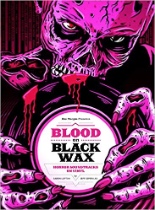
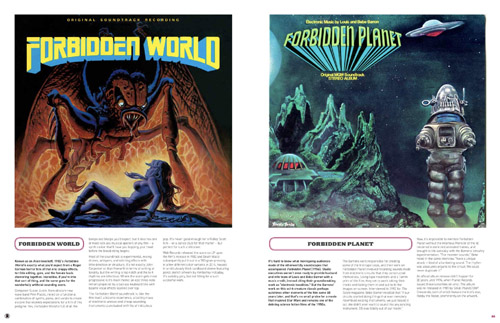
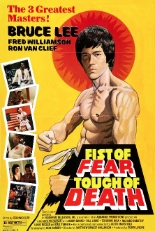
 Part sports documentary, part biopic and part clip job,
Part sports documentary, part biopic and part clip job, 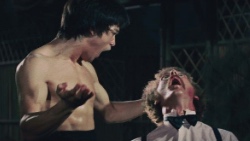

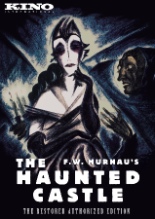
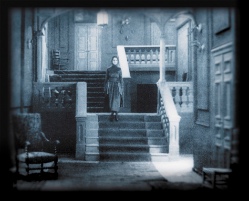
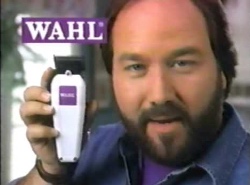
 From the Wahl Clipper Corporation, How to Choose, Grow & Style the Perfect Beard or Mustache is about welding and soldering. Ha! I kid. It’s about big, bushy collections of face pubes.
From the Wahl Clipper Corporation, How to Choose, Grow & Style the Perfect Beard or Mustache is about welding and soldering. Ha! I kid. It’s about big, bushy collections of face pubes.